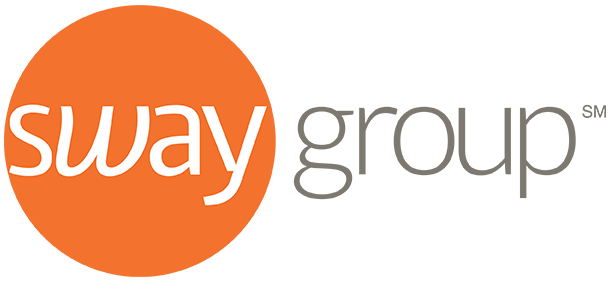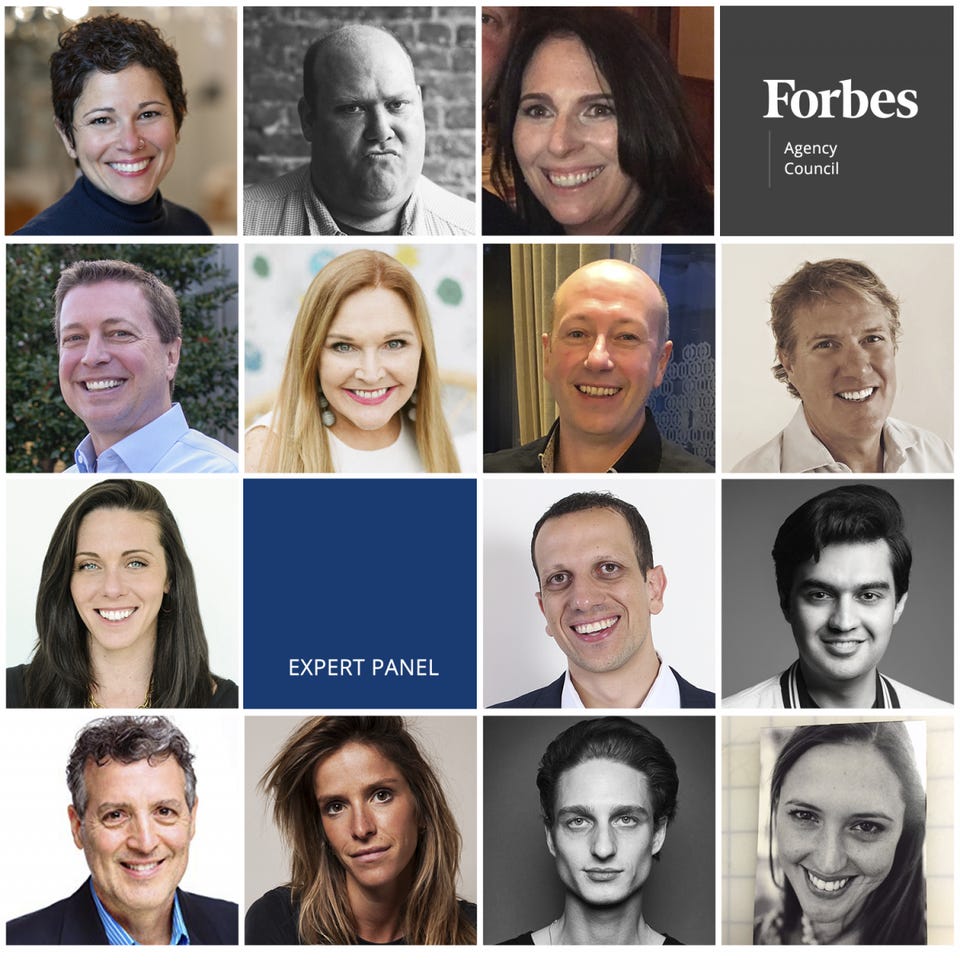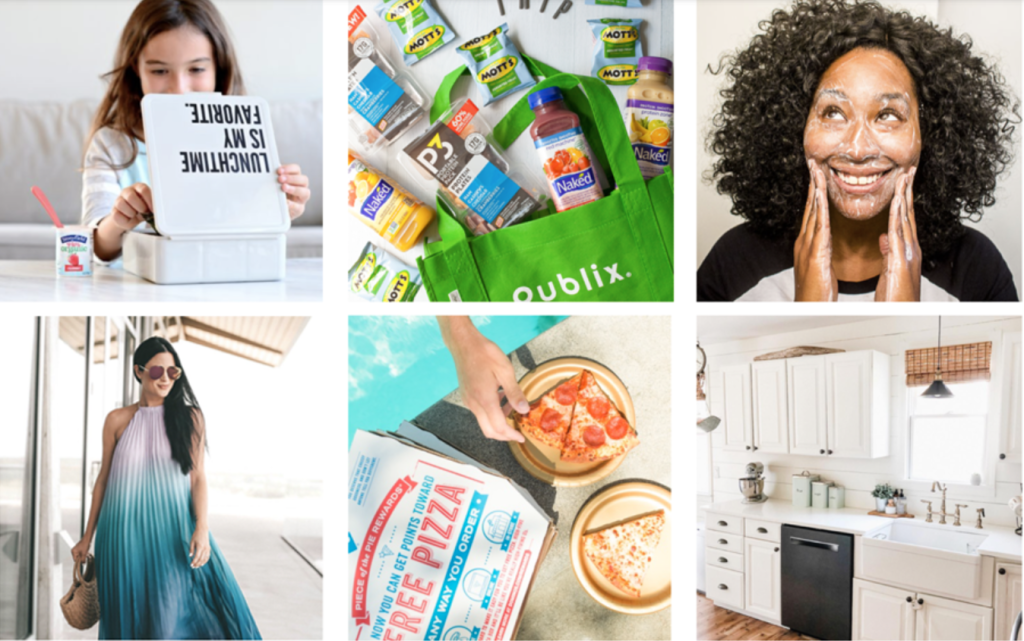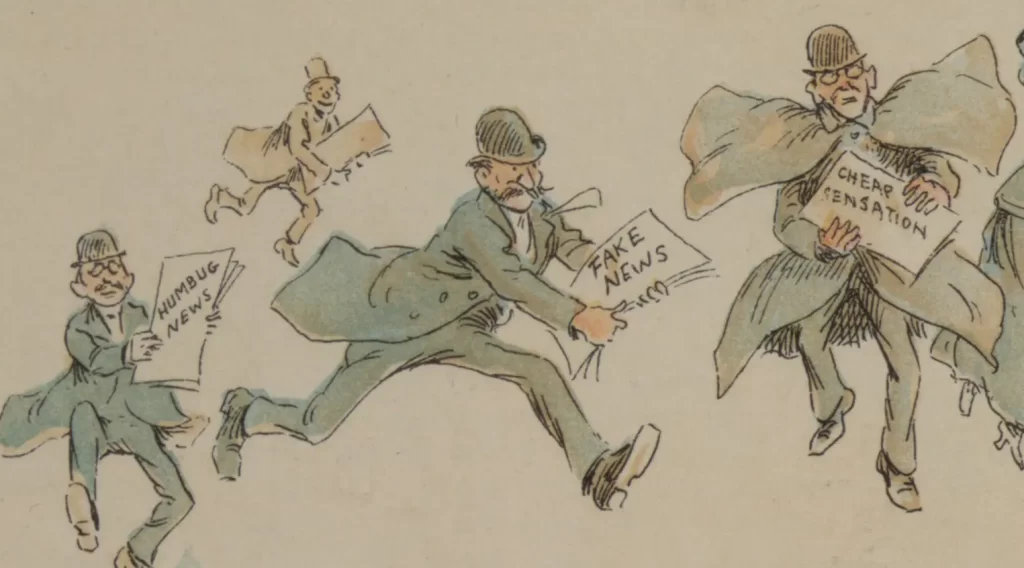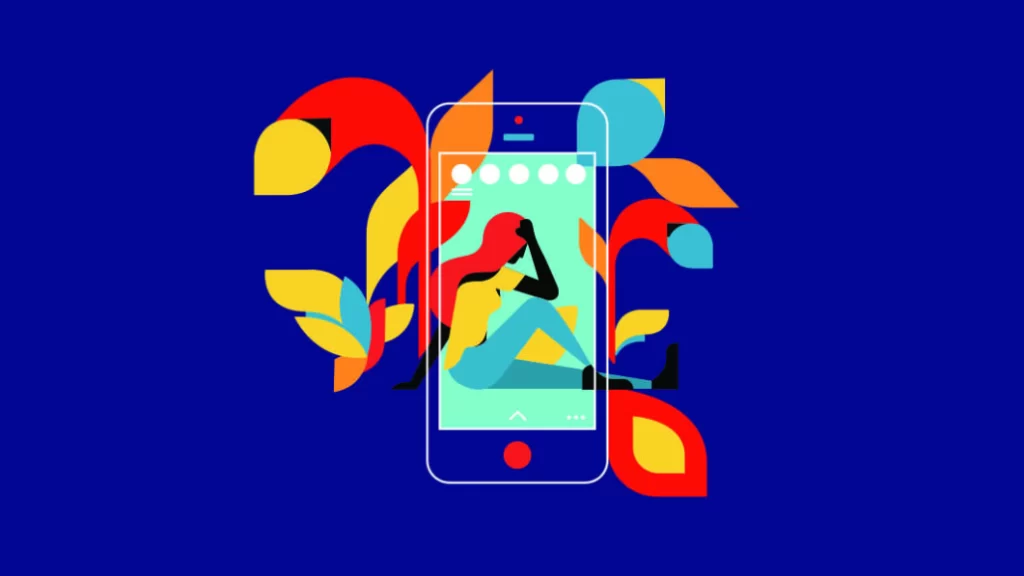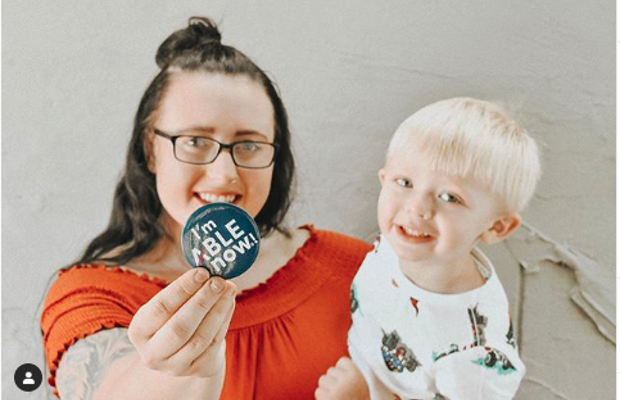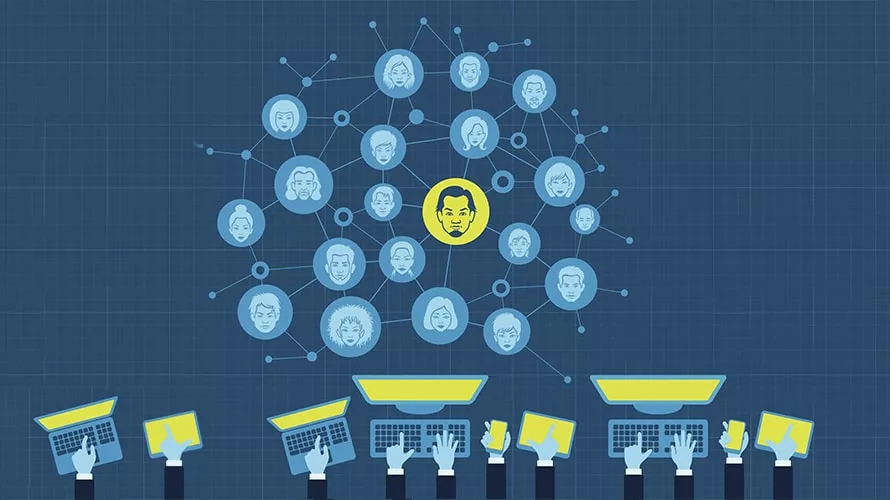14 Social Marketing Campaigns That Ruled 2019
The end of another year means that we get to look back on the successes of the last 12 months and learn something from them. Social marketing campaigns, in particular, saw a lot of use during 2019, with varying levels of success. A few of the more prominent ones didn’t even seem as though they would gain traction at their initial release.
